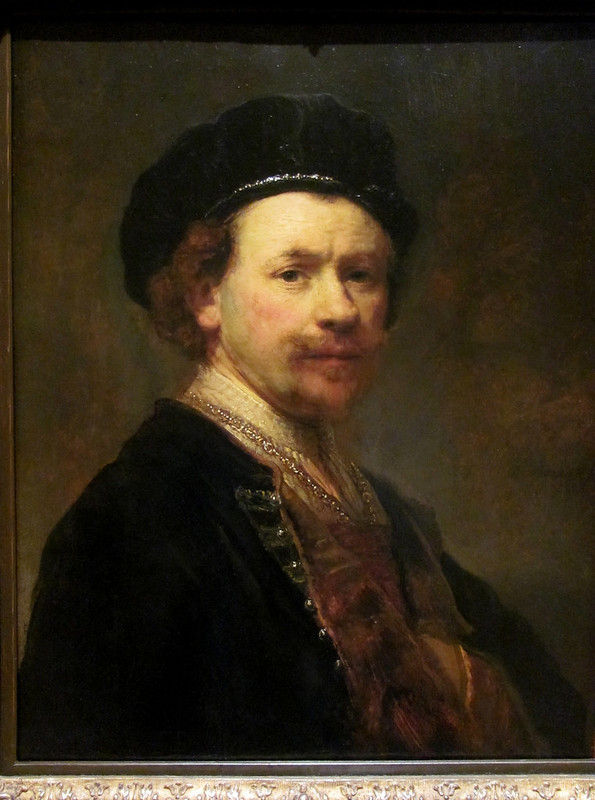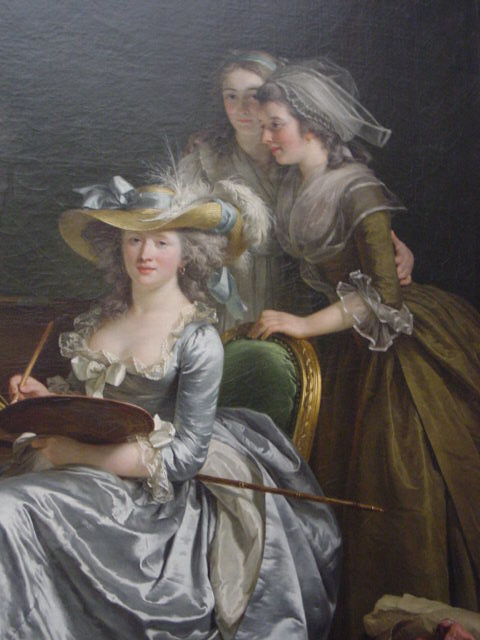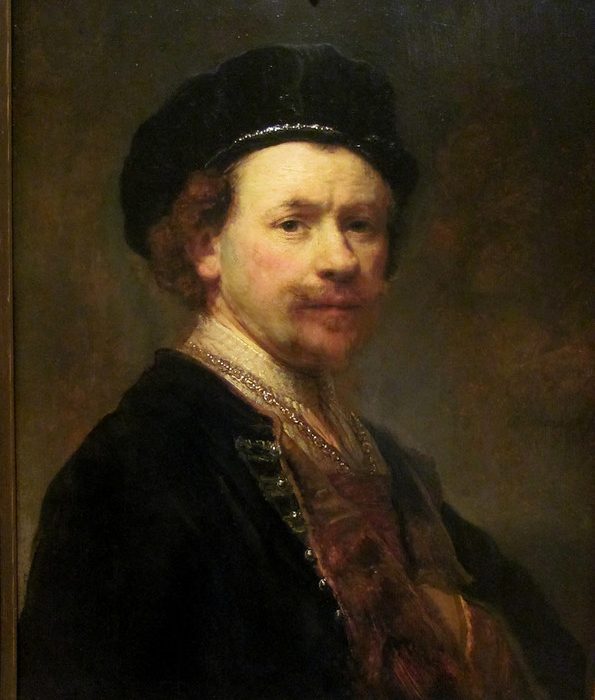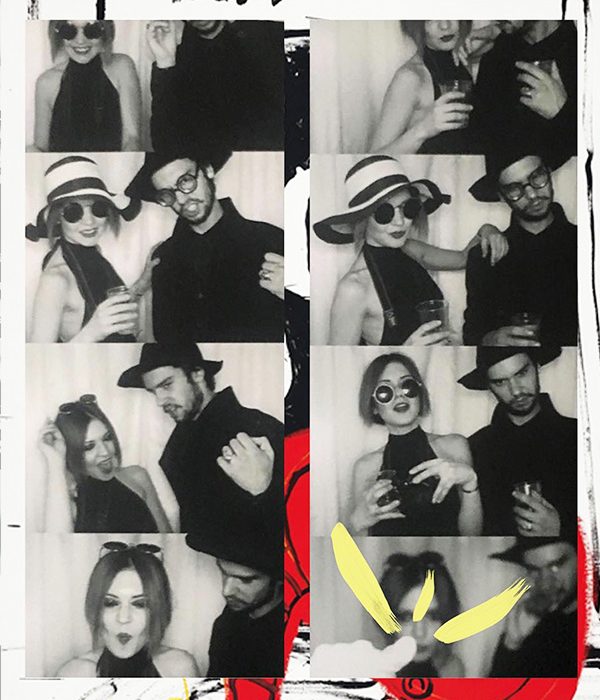Self-portraits aren’t new in the art world, actually it is thanks to the self-portrait ‘culture’ that the selfie exists. In a way, self-portraits are actually the oldest version of the selfie.But, why do artists make self-portraits? What is actually self-portrait? What can we learn from artists?
A self-portrait is a representation of an artist created by that artist. Thought history self-portraits have been made in every medium imaginable – photographs, paintings, drawings, sculptures etc. Therefore, while with painting the artist is free to represent anything his or her mind can imagine, with photography artists need to be more ‘realistic’.
Once a self-portrait is more complex than it looks, we’re going to explain it deeper. From history to what we can learn from artists about self-portraits, we will cover the best topics of this area.
What’s the difference between an portrait and a self-portrait?
Portrait
Portraiture is a very old art form born on ancient Egypt, where it flourished from about 5,000 years ago. During that times, before the invention of photography, the only way to record the appearance of someone was through painting, sculpture or drawing. Portrait was created in order to represent a person/ someone, in which the face and its expression is predominant.
Self-Portrait
Artists’ self-portraits are an interesting sub-group of portraits. Although self-portraits have been made since the earliest times, it is not until the Early Renaissance ( mid-15th century ) that artists can be frequently identified depicting themselves as either the main subject, or as important characters in their work. A self-portrait is basically a representation of an artist about himself that does not necessarily needs to be representational. The artist his free to draw himself in any style, in order to represent his psychological/emotional features, in the piece.
Rembrandt self-portraits are particularly famous.

Self-Portrait, 1636. Oil on panel (1606-1669) Norton Simon Museum Picture by: rocor
In conclusion, while a portrait refers to any painting that represents a human figure, a self-portrait refers to a painting that represents the artist that produced it, with his own ‘style’.
The 3 main ways to tell the difference between a self-portrait and a portrait
| Title | Artists will often identify their self-portraits as such |
| Action | A self-portrait will often depict the artist at work in the process of painting his or her own image |
| Context | The artist’s subject matter may cue the viewer to the identity and character of his or her self-image. |
Self-Portrait vs Selfie
Selfies and painted self-portraits share many similarities. Both selfies and self-portraits are forms of self-representation using different technology. While smartphones and cameras are types of technology, mirrors and painting are other types. Nowadays, everybody takes selfies, maybe we don’t think about but they represent our personal sense or self in that moment.
So what is the difference?
While Self-portraits are created to be read as art, selfies are born of photography practices. It is dangerous to read selfies in the same way as art, to ignore the context of their social interaction and the intent of the selfie-taker. In a contemporary perspective the selfie can be considered the evolution of the self portrait. Therefore, majority of people in the indrustry doesn’t have a consensus about it.
Why do artists make self-portraits?
Throughout history, self-portraiture has remained a tried and true practice between artists. Historically, in fact, artists used self-portraits as a kind of calling card, attesting to their ability to capture a likeness and giving a sense of their capabilities. And, yes, self-portraits are convenient exercises because the model is always available and works for free. But a self-portrait can evoke and reveal much more when taken beyond the bounds of straightforward exercise.
Practice
Self portraits help artists practice. The more an artist can practice the best. The human form is a pretty complex subject to tackle, so the more practice, the better.
A Convenient Model
It’s common for artists to draw from life, which means using models. Hired models can be pricy, and that expense can add up, so drawing from life by looking in a mirror is a lot cheaper. Also, making self portraits is really convenient – you can always pose for yourself whenever you want to, while hiring models or having someone pose for you means you’ll have to figure out scheduling.
To explore themes and ideas in their artwork
Self portraits can also be used for a series exploring various compositions with underlying meaning, such as the exploration of the artist’s self.
Record the artist’s self
Self portraits can also be used to record the way the artist looked at the time the portrait was made.
To Demand Their Place in Art History

Probably you don’t know, but during renaissance era, being an artist wasn’t an option for a woman. This catchphrase demonstrates the popularity of self-portrait but, at the time reveals the inherent gender inequality. At the time, women couldn’t take life-drawing classes. As an way to suprass this problem woman started practicing on her friends or even themselves
What can we learn from them ?
As we can observe before, artists have experimented with painting themselves long long time ago. Therefore, it’s funny to see that even being in the smartphone era, with over 93 million selfies taken daily, self-portraits remain an important part of many artist’s creative process. Why never fell out of fashion, and what can we learn from this process?
Self-portraits can motivate testing and learning
Anyhow, self-portraiture provides a safe place to play and experiment with new techniques. When you’re alone, you have all the time in the world and can work without deadlines and without being judged. Early sketches and test shoots can be make privatly allowing artists to experimenting privatly and learning from that process.
Self-portraiture can unlock the imagination or provide an escape
Artists aren’t normal people (in the good sense), and obviously they have a better imagination that any other person that you will ever meet. Some artists like to represent themselves in different styles, color ranges, moods, as a way to scape ‘reality’ in order to expand their imagination and creativity.
Self-portraits can foster self-acceptance
It’s well know that when some people hear their voice recorded they feel like isn’t their real voice. That is because your sense of self is different from the others sense of self toward us. While self portraying ourselves can be scaring, can also help us to acept our imagine and to see our best features that probably we never realised before.
Self-portraits can remind us of our origins
If you, for example, are a foreigner in other country and have different features, drawing yourself over and over again will make you remind about your roots each time you draw. This way, you will be more connected with your roots and even use it as a strength among others.
Self-portraits can help us to connect with others
The way that artists portrait themselves can inspire others. Once artists use their imagination and ideas in order to create anything the connection process is always present. This way artists that take risks or are somehow more creatives can inspire and connect others.
Conclusion
As human beings we like to be remember, otherwise self-portraits wouldn’t be a thing since the Egyptians. Therefore, even with the human evolution self-portraits never went off fashion, and that means something. As an art advisor I’m always fascinated from the way that artists think. They always have different perspectives about the world, otherwise they wouldn’t be artists.
In conclusion we can learn that self-portraits are much more than self portraits for artists. Self portraits are like a seed that develops over time, in this case in a skill. A skill that can motivate, can foster self-esteem, can reminds us of our origins or even help us to connect with others.
Sources :
Artists Explain Why They Paint Self-Portraits
Why Female Artists Have Used the Self-Portrait to Demand Their Place in Art History
If you liked this article and want to know more check our previous article about prints : https://marianacustodio.com/ever-wonder-why-artists-make-prints-this-is-why/




